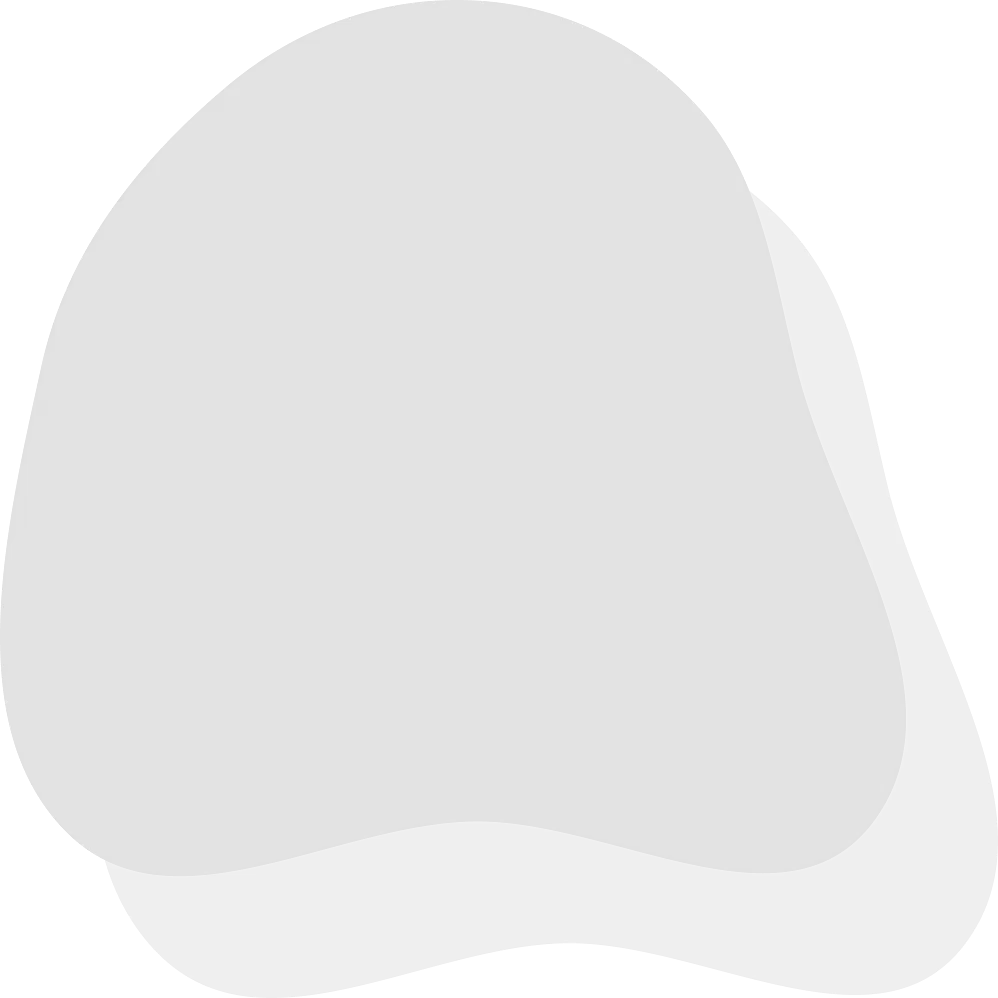Where any kid, anywhere, can learn any skill!
Discover DIY
2 min
Discover DIY
Continue Reading




One subscription, many ways to play and learn.
Try for free
Only $6.99 after trial. No credit card required
Where any kid, anywhere, can learn any skill!




Only $6.99 after trial. No credit card required